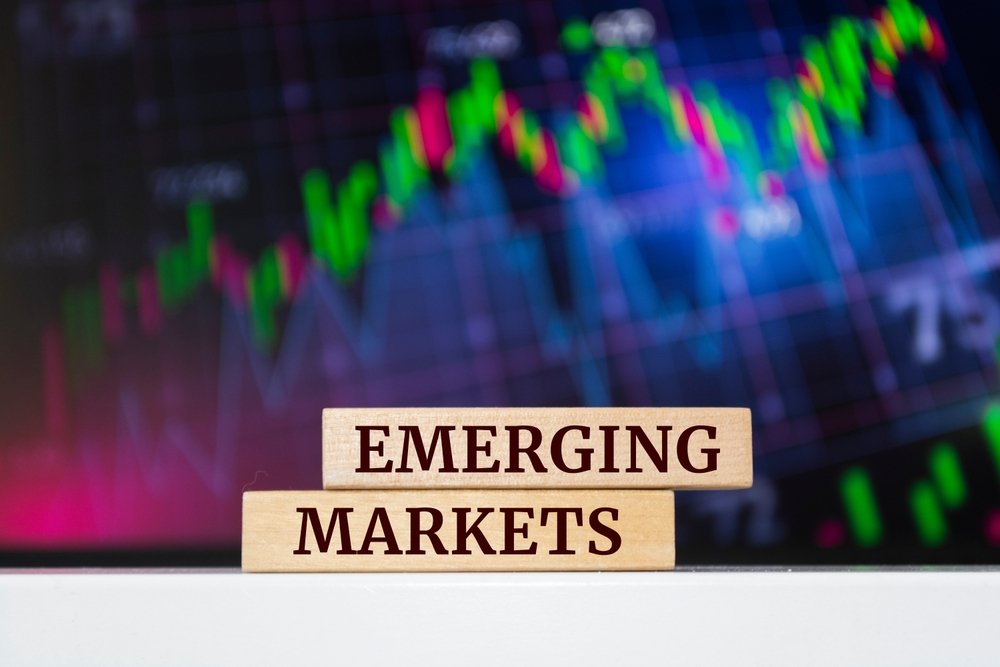Regional diversification is often discussed with stocks. That means investors should have some exposure to ex-U.S. equities to augment domestic-heavy portfolios. Market participants are being reminded of that this year as both developed and emerging markets gauges are soundly outpacing the S&P 500. However, regional diversity isn’t discussed as much when it comes to portfolios’ fixed income sleeves. It ought to be. And that’s particularly so as it pertains to emerging markets bonds. That’s because that form of debt is trouncing the Bloomberg US Aggregate Bond Index on a YTD basis. That’s putting a spotlight on ETFs like the Neuberger Berman Emerging Markets Debt Hard Currency ETF (NEMD).
The actively managed NEMD is three months removed from its conversion to the ETF wrapper from being an open-end mutual fund with a 12-year-long track record. And it’s active management that makes NEMD a compelling way to access developing world bonds. That’s because the fund can allocate to both corporate and sovereign debt.
NEMD Has Upside Levers
Monetary easing and asset allocators’ desire to add geographic diversity to fixed income portfolios are among the reasons ETFs like NEMD are gaining momentum this year. Fortunately, those trends could prove durable. And there are other factors boding well for NEMD.
Those favorable traits include improving corporate balance sheets throughout the developing world. That is contributing to a spate of credit ratings upgrades. Those events are material to bond investors. That’s because upgrades often stoke higher prices while leading to lower financing costs for issuers.
“We believe that emerging market debt offers active investors an opportunity to diversify their portfolios into a broadly underallocated asset class that can capitalize on both internal and external tailwinds,” noted Goldman Sachs Asset Management (GSAM).
Another widely mentioned catalyst for ETFs like NEMD is the weaker dollar. That is often beneficial to hard currency debt, which NEMD holds. It’s possible NEMD’s weak greenback benefits aren’t going anywhere anytime soon.
“The potential for more US dollar weakness, coupled with the prospect of lower US interest rates, could constitute a tailwind for EMD across the board for a number of reasons; a weaker dollar could support EM local rates and currencies as well as improve debt servicing for EM sovereigns and corporates, for example,” added GSAM.
Adding to the allure of NEMD is its leverage to economic growth. That’s because data confirms developing economies, including some represented in this ETF, will generate bigger rates of GDP growth in the coming years.
“The IMF projects the growth differential versus developed markets (DMs) to expand to 2.6% for the full year 2025, up from 2.5% in 2024,” concluded GSAM. “This dispersion in economic paths renders the global bond opportunity set richer than it has been in a long time.”
For more news, information, and analysis, visit the Invest Beyond Cash Content Hub.



